Astrancy is a rude blooming perennial, with decorative foliage, is distinguished by an unusually spectacular appearance and unpretentiousness in care.
Removing the blurred inflorescences, the plant is able to bloom again, pleaseing the surrounding abundance of lush umbrella inflorescences throughout the warm season. Astrantia has a number of valuable qualities and advantages: a long period of flowering, endurance and resilience, simplicity when landing and minimal care, fitness to any terrain.
The article will introduce all the peculiarities of growing this charming culture, a varietal manifold, landing rules and other agrotechnical techniques of perennial cultivation.
Astrance, description of the plant
- Herbatous Perennial Plant of the Summer Family, Astrantia, has another memorable name as a star. In everyday life, it is often called it simply - "asterisk". This is due to the original form of astrase flowers, resembling small stars.
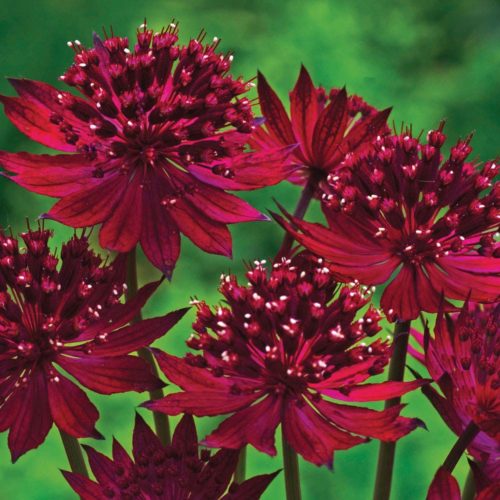
- The plant is widespread throughout Europe, in the Caucasus and in South Asia. Thanks to the unpretentiousness, endurance and extraordinary decorativeness of inflorescences, the plant is actively cultivated in many countries from the 16th century.
- The stem in the culture is a reprehensive, thin, different height (depending on the type, 15 - 90 cm). Astrance bush is a little froniment, but scattered.
- Large leaves of perennial - Curly and finger-disseated, attached to stalks with long stiffs. At the base of the stem, the leaves are collected in a root rosette, often highly decorative due to the shape and color.
- Rhizome in perennially powerful enough, but compact.
- Astrance flowers are collected in numerous small inflorescences of simple umbrellas, characteristic of the entire family of umbrella. Umbrellas, in turn, are collected in a socket with wrapping leaves resembling flower petals. The color of petals is usually gently pink. Although, a variety of types with white, red, purple colors are displayed breeding. The color of the wrappers can also vary, depending on the variety.
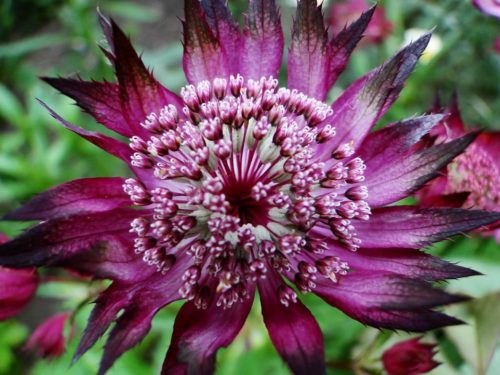
- The fruit of the plant is represented by a two-way.
- One of the main advantages of astranction is a long period of flowering, from June-August to the very first frosts.
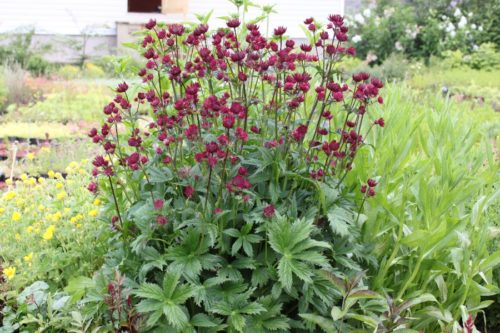
Astrance, varieties and types
There are about 11 species of plants of this kind. Two types are considered the most common and decorative: Astrantia is large (Astrantia Major) and astrantia Maxima.
Significantly cultivates such species such as the astranition of Biberstein, astranition Ossetian, astrancence of Colchis, astrasert three-party, astranition small, astranition Pontica and others.
- Astrance is a largest astringent bush, about 70-80 cm high, thickly snapped with flowers, a variety of shades. Flowers from July to September. The species is considered to be disappearing and listed in the Red Book.
- Astrantia largest spread in the Caucasus, flowers 1-1.5 months, from late summer to early autumn. Bushes of this type zvezdovki look very impressive: the compact and abundantly flowering. The form of inflorescences with stipules resembles a daisy, colors varied.
The most popular varieties astrantia considered:
- Lars variety has high bushes and bright pink inflorescences with, set off by them, light wraps. Drought resistant and tolerant varieties.
- Grade Moulin Rouge stands out flowers, crimson-wine shade and even darker leaf wrappers. At the height of the shrub reaches no more than 60 cm. The variety is frost.
- Grade Sunningdale Variegates has original pale pink flowers (greenish tint), with large bracts and decorative colored foliage. Unpretentious, frost and drought-resistant varieties. Plant height of about 70 cm.
- Variety Star Of Beauty is different saturated colors burgundy inflorescences with snow-white core and large showy bracts. Bush height on average is 60-80 cm.
- Grade Florence is characterized by decorative colored foliage (bluish violet shades) and inflorescences of pink tones. The short, compact shrub reaches a height of no more than 50-60 cm.
- Grade Rosen Symphony little leafy but richly blossoming. Small bright pink flowers densely "obleplivayut" astrantia whole bush and create the effect of a carpet of the present inflorescences.
- Grade Maxi Princess has pink flowers, collected from 20-30 pieces. in large inflorescences outlet.
- Grade Styurdza Princess differs the largest in size, flowers - up to 5 cm.
- Grade Veding Ruby (Ruby wedding) famous exquisite, saturated color of beetroot, buds. Sort undersized (50-60 cm), with a long blooming period.
Buy one or another sort of astrantia possible in specialized flower shops, exhibitions, sales or in nurseries, for example, in a botanical garden.
Only certified outlets can ensure the sale meets the necessary variety.
reproduction astrantia
Practice and vegetative and generative propagation methods astrantia. As you know, if you want to get an exact copy of the mother plant, using vegetative propagation techniques. Part of the plant fully preserves the morphological features of the parent birds. Seed propagation is not the way to guarantee the safety of the initial signs of a parent plant.
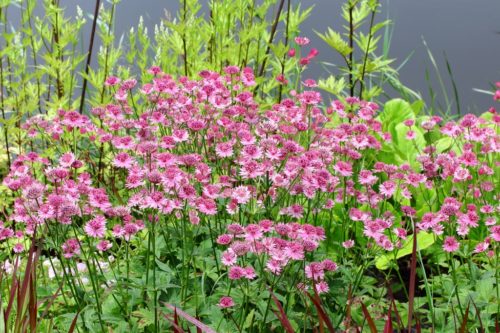
Vegetative reproduction astrantia
- This method involves the separation of a bush on a part conducted in spring (before the appearance of leaves) or late autumn (after foliage falls). Gardeners celebrate the positive rejuvenation of the parent bush after separation: it becomes magnificent and blooms richly. When the bush is divided, the decens quickly and easily take root in a new place. To preserve decorativeness, stars of stars require transplants and updates every 6-7 years. You can separate from the bush and small root rosettes, which are also quickly rooted.
- The reproduction of astrants is practiced and by dividing the root of the plant. From rhizomes, small segments are separated, which are planted into the fertile nutritional mixture. The division is carried out in early spring, before the beginning of the growing season. About a month later, the first sprouts appear from the parts of the root. About two years will need a plant to increase the green mass and only for the 3rd year, astranition will delight flowering.
Reproduction of astrase seeds
- Sowing seeds (current year) is carried out in the fall in open ground to an estimated permanent place. The collected seeds, exiled under winter, pass natural stratification (hardening), which positively affects the endurance of the future plant.
- To collect seeds, choose ripened fruits, cut them together with escape and hang in a dry, dark place for final ripening. Opening, from a two-seed boxes are hurt, ready for landing, seeds.
- The acquired sowing material is seeded, as a rule, early in spring.
- The germination, independently collected, seeds, on average, is about 50%. Purchased seeds have higher germination.
- The first shoots appear after 2-3 weeks after sowing. Shoots must be reversed at the rate of: 10 cm between plants preparing for seeding and at least 30 cm - when landing for a permanent place.
- Astrancy is perfectly multiplied by self-sowing. It is important to take into account when forming a landscape of flower beds and, if the growth of perennial is not desirable, it is necessary to delete inflorescences in time (until the seed ripening).
Astrantia, landing technology
The cultivation of astrants does not require special skills and skills and can be any, even novice flower.
- Choosing a place
For a perennial, an open sunny place or light half-hearted is perfect. The more the sun goes to culture, the brighter and the color will be the color of its inflorescences. Compact culture rhizome does not require a deep fertile soil layer, it is enough to provide a loose and nutritious soil of a small area. Special preliminary preparation for the fertilizer of the land plot is not at all mandatory. It is not desirable to plant a perennial on sandy soils. The optimal option is a loamy and samp loaf.
- Agrotechnology landing
Plant planted as groups (along tracks, for example) and single cultures on the flower bed. In this regard, the distance between plants is also withstanding different (from 30 cm and more). Landing astrants does not require special tricks or features. Having planted a piece of the bush of the plant, the deceive is placed in the hole, fall asleep to the level of the roasting sockets, slightly seal the soil and are plenty of water. Buckets will grow pretty quickly and landed nearby, for the 2nd year of life, form dense thickets.
Given the high cold resistance of the plant, astranition does not require pre-cultivation with a seaside.
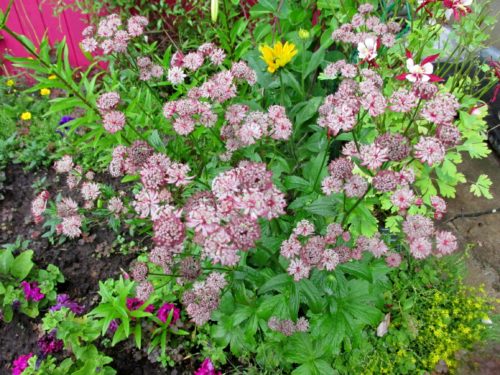
Astrantia, plant care
Given the unpretentiousness of astrants grown in the open soil, care is reduced to minimal agrotechnical measures. It is enough to provide a culture dosage watering, loosening and cropping the glasses of bloody flowers. Consider more details of the care of the perennial.
Watering astrants
- Astrance is a drought-resistant plant that practically does not need additional watering.
- Only in conditions of a long, arid summer period, you can pour a plant to provide long and abundant flowering bush.
- In addition, if the flower descender wishes to achieve a repeated phase of perennial flowering, follows more often (once a week) to pour astrase bushes, while maintaining a constant light soil moisture. There is no clear schedule for watering a starvation.
- Special attention should also be paid to watering in the period after planting the plant. For better rooting, it is important to ensure a rich deep watering of the dealer.
- To preserve soil moisture, the ground under the bushes is better to climb.
Loosening astrants
- Swimming ensures maximum air access to the soil, which has a beneficial effect on the development of the plant.
- To loosen the soil should be carefully, not too deep enough to damage the root system of astranition.
- It is especially important to ploy after rain or irrigation, which are "scored" and compacted the soil layer.
Supporting astrants and fertilizer
- Unpretentious astranction is perfectly done without additional feeding and fertilizers, under the conditions of the initial fertile and nutritional soil.
- With scant and poor soils, it is possible to send a disposable (spring) culture with complex mineral fertilizers. Such moderate feeding will contribute to a longer period of flowering astrants.
- Do not often fertilize culture. This can lead to an increase in the green mass of the bush, while the bloom will be significantly reduced.
- Fertilizers are better to bring in liquid form, followed by irrigation.
- If the plant grows in one place for more than 4 years, add one more, phosphorus-potash, feeding. These fertilizers of prolonged action are introduced into the soil at the end of summer.
Cutting flowers
- The timely creation of astrase color bridges stimulates the subsequent duration of perennial flowering.
- Permanent removal of faded inflorescences helps extend the period of starflower period. And the full cut of the flowers after the first wave of flowering, contributes to the re-stage, even more lush, flowering. At the same time, it is important to provide regular watering of the plants.
- Coloring trimming helps also form beautiful, dense, uniform and symmetrical bushes.
- Experienced flowerflowers recommend to remove the first color-based shooting shoots, which will make it possible to achieve a larger number of subsequent flowerons.
- Timely removal of faded inflorescences will also prevent the chaotic plant self-survey.
Fighting pests and astrassia diseases
- Still astrants are resistant to diseases and are rarely subjected to pest attacks.
- The only enemy is naked slippers. When hitting the bushes, they begin to emblorict foliage, so they are collected and destroyed. With mass attacks, a special drug "Thunder" or woody ash is used.
- For the prevention of diseases, the basic rules of agrotechnology should be observed: do not flood the plant with water and loosen the soil in a timely manner. Stagnation of moisture can lead to the reinforcement of the roots and the death of the whole bush.
Astrance Preparation for Winter
- Winter-hardy plant, astranition perfectly tolerates cold winters of the middle strip of Russia, therefore it does not need special shelters. Late in the fall, all the shoots of the plant are cut under the root, and the soil around the bushes is mounted with humus or dry foliage.
- The exception is the planted young and not yet strengthened bushes of astrants. They are covered with snacks or sawdust, which are removed in early spring, to avoid hearing the bushes.
Astranition transplantation
- The perennial grows in one place from 6 to 10 years old and "does not like" transplants.
- The beneficial rejuvenating effect has its partial separation on the plant. Dellets are planted for a new place, and the parent bush with a new force increases the green mass.
Necessity support
- Upon abundance of precipitation, high shoots, including flowers, can bendled and rolled. In such cases, you need to provide an additional support.
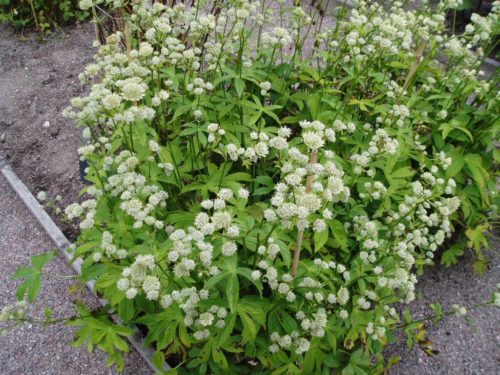
Astrance in landscape design
- Astrancy fits perfectly in any corner of a garden or flowerbeds, combined with many floral plants. Decorative openwork foliage emphasizes any summer flowers, and lush umbrella inflorescences beneficially shake shrubs and conifers.
- Located by groups, thick and dense draws of perennials perfectly form the borders of the square or garden paths.
- In landscape design, starfish planted on the central flower beds, as well as as slataks and mixtures.
- The hardy and unpretentious perennial is often combined with many bright plants: lilies, iris, poppies, bells, gladiolus, geragani, etc.
- Favorite compositions of designers of garden-park zones, landing of astranction bushes with a variety of cereal plants.
- The star is widely used for cutting in bouquets: it retains freshness for a long time and gives the compositions of special tenderness and ease.
- Apply flowers and as dried flowers for the manufacture of winter bouquets.
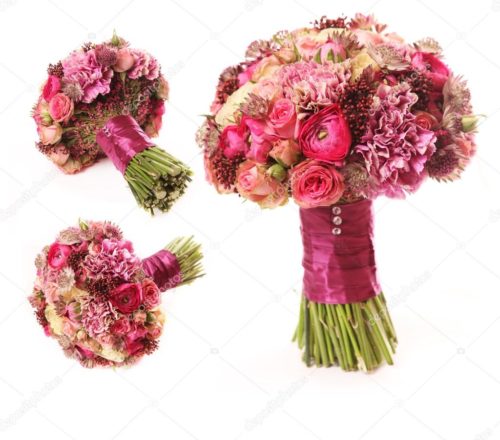
Summing up, we note the main advantages of growing long-term astrants:
- Independent and endurance allows culture with a minimum of attention and labor costs.
- Long flowering period, excellent material for cutting and spectacular decorative view of astrants bushes conquered the location and attachment of many flower flowering world.
- Winter hardiness, drought resistance and resistance to diseases and pests are important qualities for gardening plants.
- Trunt in one place up to 10 years, young astrants bushes are gaining a dense green mass after 3-4 years after landing.
- An excellent honeycomb and an integral element of many landscape designs, astranition will easily fit into the composition of any flowerbed or garden.

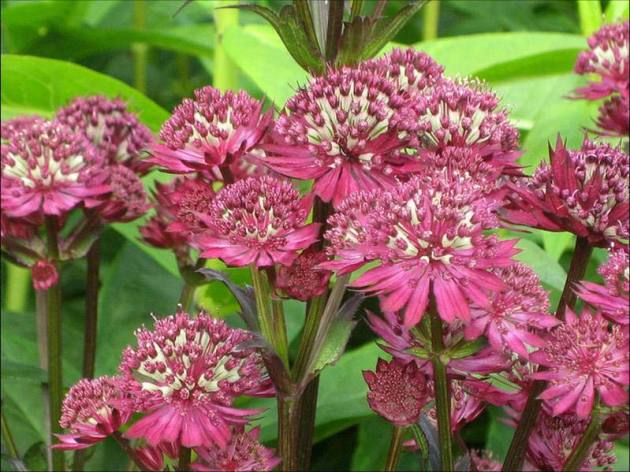
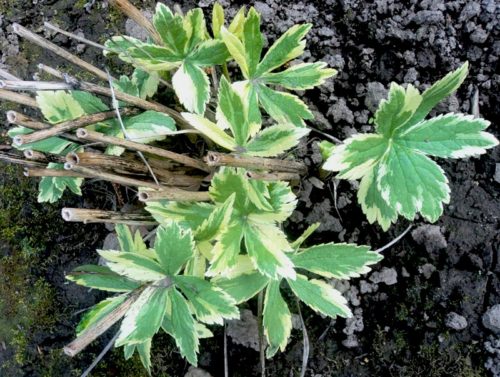
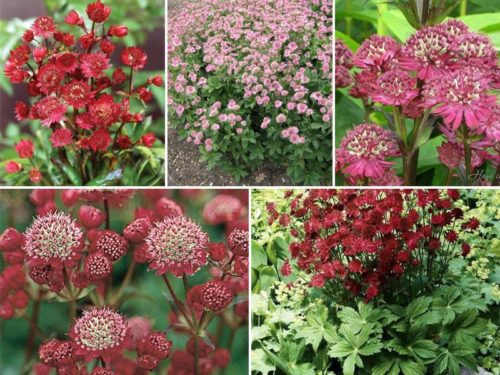

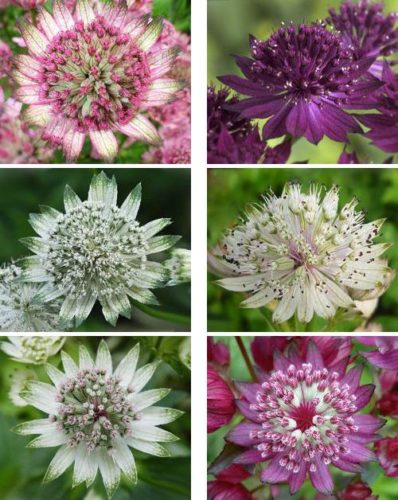
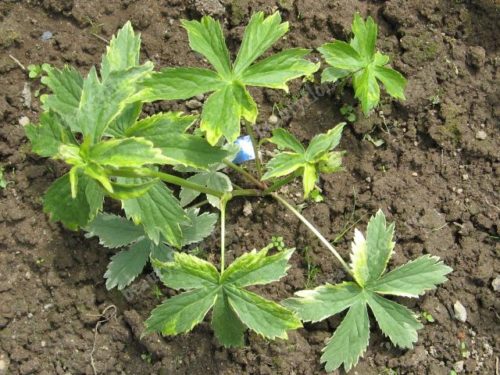
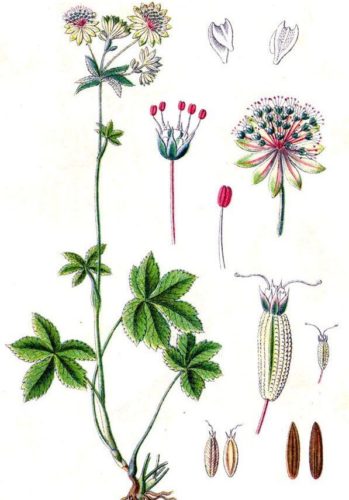
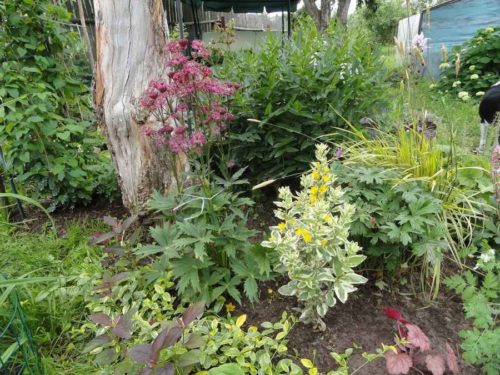
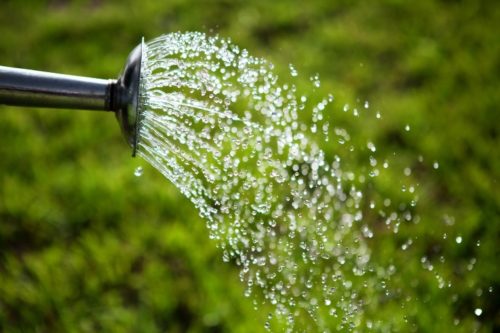
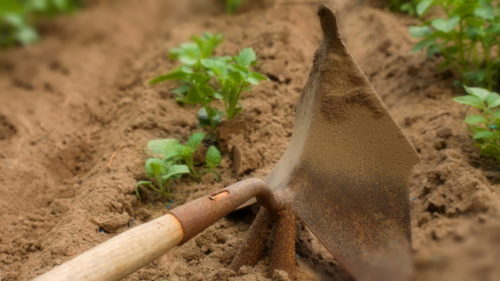
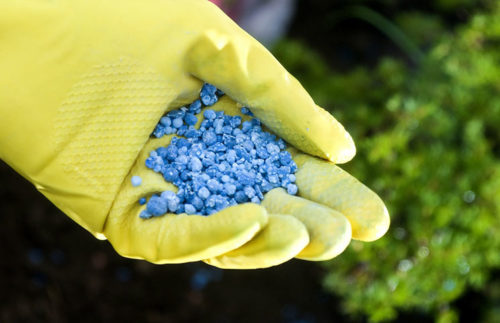
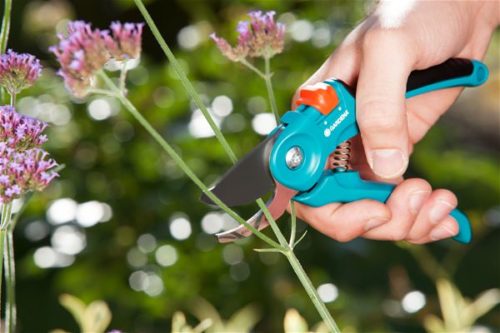
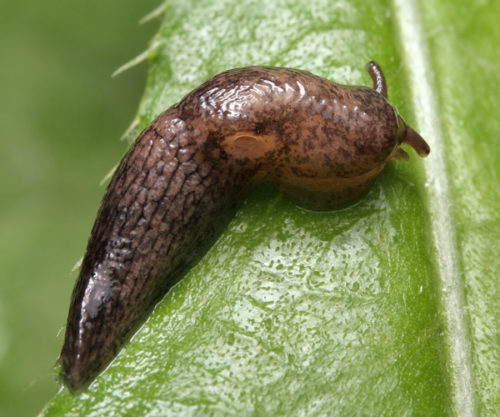

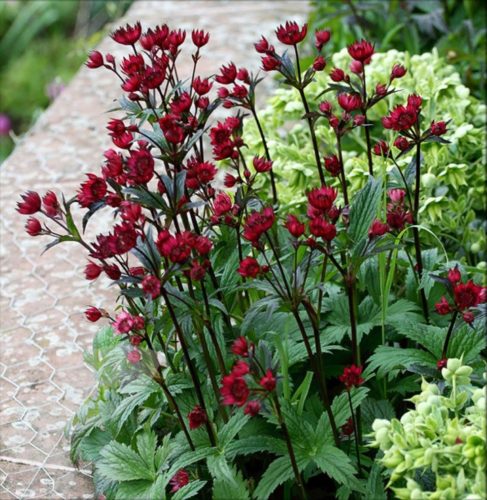
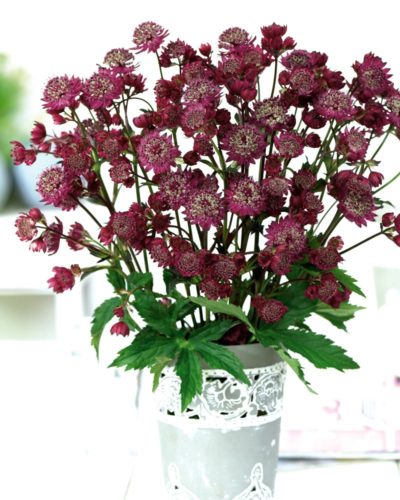
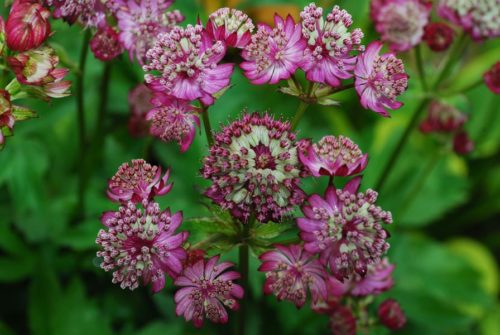
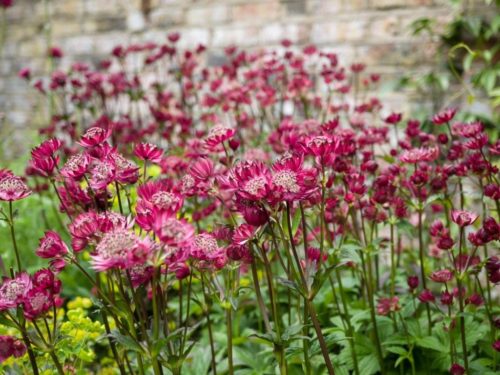
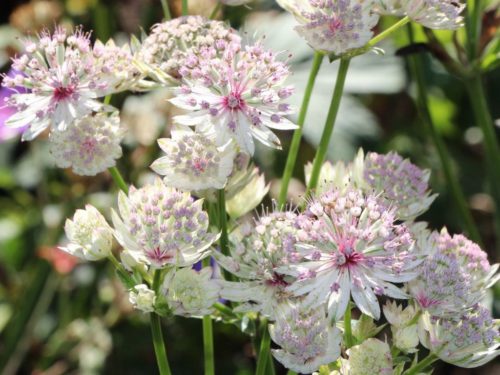

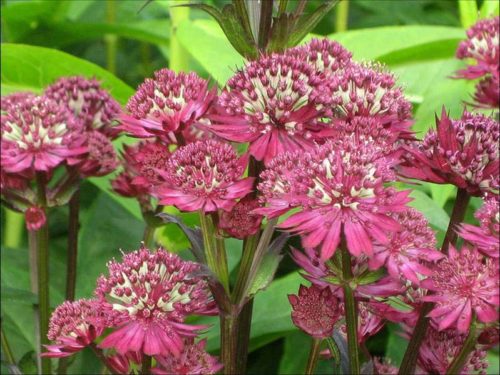
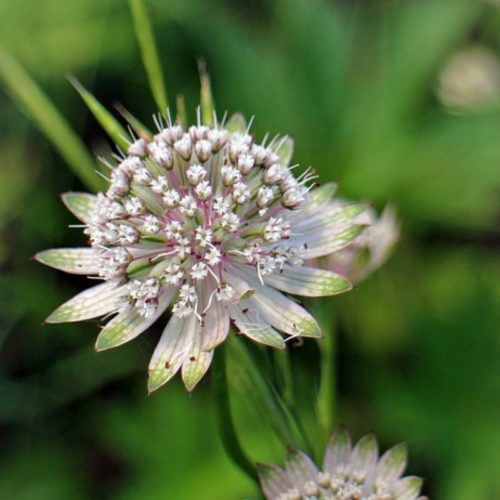
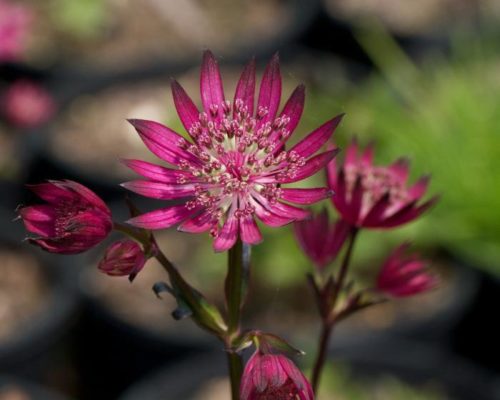
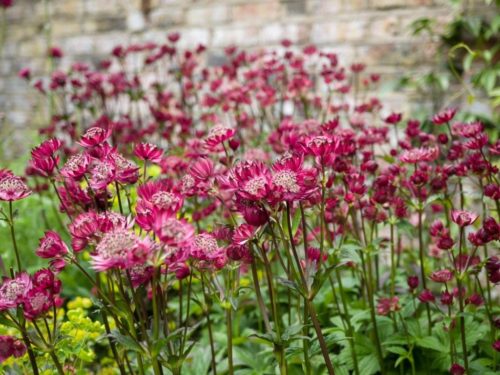
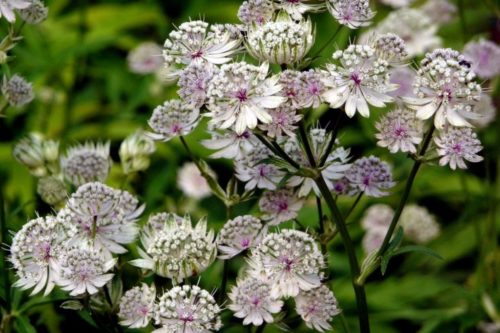
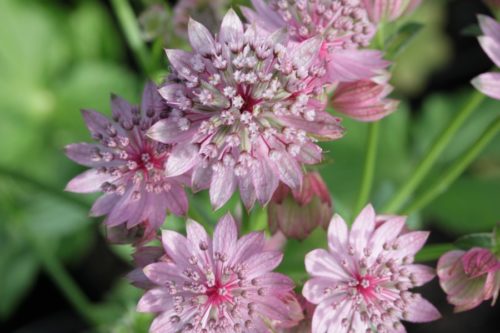












 Start a discussion ...
Start a discussion ...